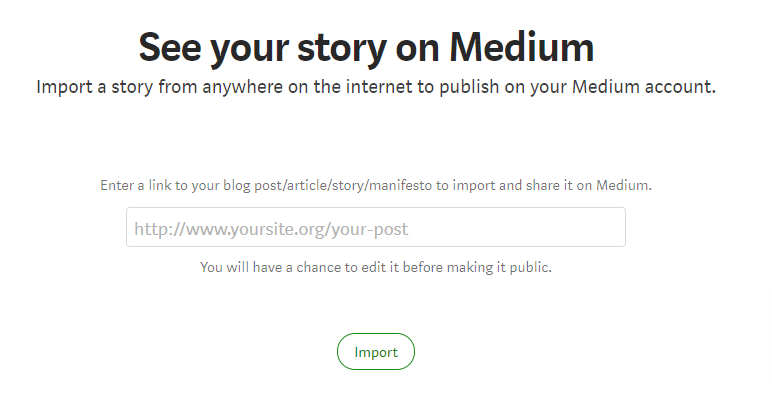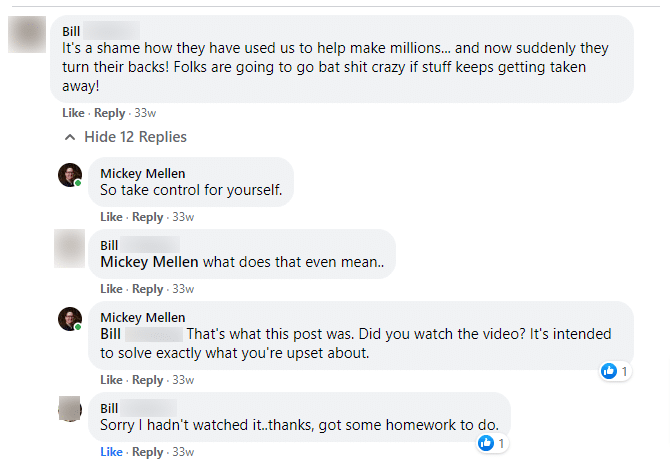Since I’ve started blogging regularly again, the way I share my posts each day has been slightly adjusted a number of times. I recently was asked for some details on that, so here you go.
Before I tackle that, though, there are two important things to frame this with. First, you need to understand why I’m writing every day, as that impacts how I choose to share these posts. In short, these posts are primarily for me, and I’m not looking to necessarily force people back to my website to get “better numbers”. Read them wherever is easiest for you, and I hope you find some value from them..
Secondly, I’ve shared a bit about my process of collecting ideas and turning them from ideas to posts, which you can read here. Today’s post is a continuation of that, sharing what happens when I press “publish”.
Publish on WordPress
The first part is pretty easy — I press the “publish” button on my WordPress blog. There are ways to schedule posts to publish automatically, but I prefer to give each post one final read through to hopefully have it error-free.
You can automate much of the sharing from there, but I do most of it manually. I figure if I’m going to put a lot of work into each post, I can spend a couple of minutes sharing them.
Import on Medium
Next I import the full post onto my Medium site. I use the “import” rather than just copy/paste, as it offers a few benefits for search engine optimization if you do it that way. This brings over a full copy of my post so if people choose to simply follow me there, they can.

Share on Substack
Next I share and publish on my Substack site. This is similar to Medium, but is really how most of my email subscribers get my posts. Substack is great for that! This post from a few months ago talks about why I use Substack.
Share on social media
Lastly, I share the post on a variety of social media channels including my Facebook, LinkedIn and Twitter accounts. There are ways to automate this, but I do these manually as well, for two reasons:
- I don’t share every post to every network. Some of the geekier posts I leave off of Facebook, and some of the more personal ones I leave off of LinkedIn. 90% of my posts end up on all of them, but I pick-and-choose at times.
- I customize the text I use to share each post, depending on the content and the audience.
Those social posts always link back to my main site, not to Medium or Substack, as that’s ideally where most people will follow me. Ultimately, though, it doesn’t really matter.
Five minutes
While that feels like a good bit of work, most days I can get it all done in about five minutes. I have a folder of bookmarks for the sites to share, so I just open them up, publish the content for each one, and move on with my day.
Wherever you’re reading this, I hope you picked up a new idea or two!
